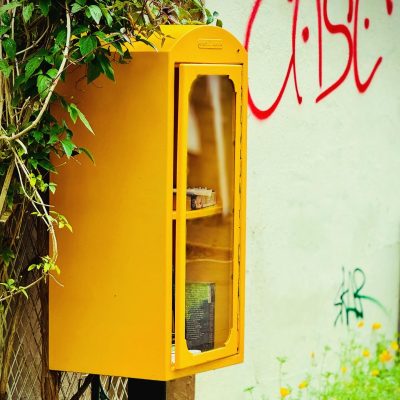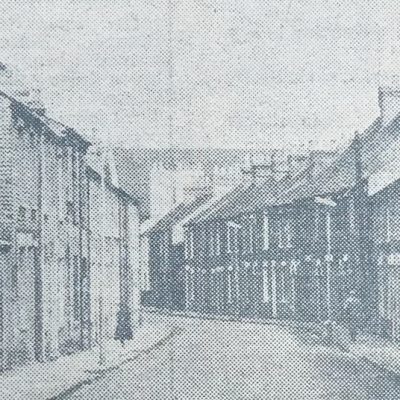Search by topic
- archaeology
- architecture
- bricklayer
- Building of Local Interest
- carpenter
- church
- crime
- dressmaker
- fire
- Great Eastern Railway
- listed building
- medieval
- oral history
- Public House
- Rattee & Kett
- Religious House
- Roman
- scholar
- school
- Then and Now
- tudor
- women
- work
- world war one
- world war two
Search by text
128 Gwydir Street
History of 128 Gwydir Street
1881
Ebenezer Andrews, head, 39, cordwainer, b Cambridge
Emily, wife, 37, b Little Abington
Albert, son, 13, scholar, b Cambridge
Ebenezer, son, 11, scholar, b Cambridge
Dorothy, daughter, 10, scholar, b Cambridge
Charles C, son, 9, scholar, b Cambridge
Frederick William, son, 8, b Cambridge
Rosa M, daughter, 6, b Cambridge
Harriett A, daughter, 5 mos, b Cambridge
1891
Caleb Carpenter, head, 46, tailor, b Oxon
Mary A, wife, 45, b Oxon
Herbert, son, 19, poulterers assistant, b Cambridge
Rose E M A, daughter, 17 ,b Cambridge
Edward G, son, 15, newsboy, b Cambridge
Henry G, son, 14, errand boy, b Cambridge
Elizabeth A, daughter, 13, tailoress, b Cambridge
Arthur, son, 11, scholar, b Cambridge
Ernest J, son, 10, scholar, b Cambridge
Bertha M, daughter, 6, scholar, b Cambridge
1901
Caleb Carpenter, tailor
Mary,
Henry, butcher
Arthur, railway engine cleaner
Ernest, printer
Bertha,
1911
William Alfred Parker, 34, police constable, b Impington
Elizabeth Ann, 33, b Cambridge
Horace Alfred, 10, b Cambridge
Winifred Florence, 7, b Cambridge
Cyril, 4, b Cambridge
Milicent, 1 yr 11m, b Cambridge
Amelie Elsie, 2 mos, b Cambridge
1913
Alfred William Carpenter, P C 20
1939
Elizabeth Parker, b 1879
Stella, b 1917, laundry hand
Phyllis, b 1917, radio coil assembler
1962
Kenneth Balaam
Contribute
Do you have any information about the people or places in this article? If so, then please let us know using the Contact page or by emailing capturingcambridge@
License
This work is licensed under CC BY-NC-SA 4.0










